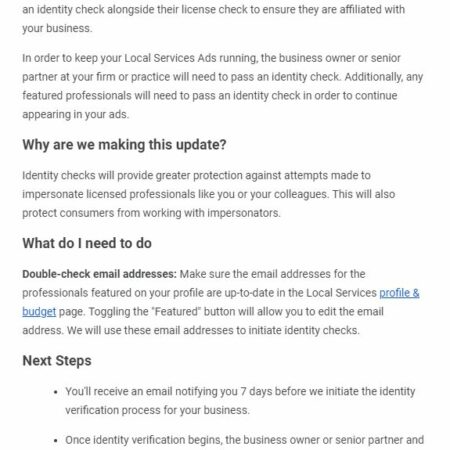 When a plaintiff proves a defendant liable for damages in a medical malpractice action, that individual can likely recover both economic and non-economic damages.
When a plaintiff proves a defendant liable for damages in a medical malpractice action, that individual can likely recover both economic and non-economic damages.
In short, economic damages are received for the monetary damages that a person suffered as a result of malpractice. Non-economic damages are for pain, suffering and loss of enjoyment that a person suffered.
The Medical Injury Compensation Reform Act (MICRA) was enacted in the 1970s as a result of doctors purportedly being unable to obtain affordable insurance which allegedly threatened numerous hospitals with shutting down. At the forefront of MICRA was a limit on non-economic damages of $250,000. This might be characterized as harsh, even some 50 years ago.
California is at the Bottom Third:
This drastic cut that was largely based on MICRA instantly put California at the bottom one-third of the slots of coverage for physicians. It remained there since about 1975, as did the $250,000 limit. This remained an atrocity for nearly 50 years. Then, on May 23, 2022, Governor Gavin Newsom signed legislation that would modernize the California medical malpractice system by signing off on H.B. 35. As a result, several key provisions of MICRA have been scrapped. They might now put California in the middle of the pack. That pack is a loaded deck though. Here’s what the new legislation provides for:
- A cap of $500,000 for death claims in cases resolved in 2023. This sum would increase by $50,000 annually for the next 10 years. Then a 2% annual cap would take effect.
- $350,000 for other claims., with a $40,000 annual cap for the next 10 years. An annual 2% cap is imposed on that too.
- The possibility of the cap stacking up to three times, depending on the negligence of healthcare providers, healthcare institutions and the separate negligence of healthcare providers that aren’t connected with 1 and 2 above that occurred at other institutions. Note that this isn’t an all or nothing proposition on stacking.
- Changes to contingency fee limits of attorneys. This includes the courts going beyond what is called for in H.B. 35 for a case that is tried or arbitrated. Legal fees would be 25% of any amount before suit was filed, and one-third of any non-economic damages after it was filed. An appropriate motion can be made, and a court, in its discretion can increase the fee.
- Changes to the threshold of what constitute a periodic payment from $50,000 to $250,000.
- The admissibility of expressions of sympathy or fault that were made prior to the filing of a case.
FIPA was Withdrawn:
It’s clear that the passing of H.B. 35 marks a compromise. It’s intended to keep both sides from in their respective corners for at least the next 10 years.
By passing H.B. 35, FIPA, a more drastic measure at legislation was withdrawn by the lawyers. The agreement signals at least a temporary end to one of the most contentious legal battles in California legal history. Insurers probably don’t really care either as they’ve already started adjusting their premiums for the 2023 year.
Who won? Don’t the insurers always win? They’ll likely stretch out every detail in the appellate courts for any number of years. Then, they’ll learn what fruit is ripe and bring another ballot initiative there for “reform.” In the meantime, premiums will continue to rise while the insurers mitigate their losses.
The costs of doing business have always affected lawyers though, especially malpractice lawyers. They’ll continue to rise too. Is this extra money enough to make a lawyer want to undertake this type of practice? Probably not, especially when it can take large sums of money just to bring such an action.
Limits on pain, suffering and other non-economic damages need to be stricken in their entirety. Only then will malpractice lawyers have a fair chance at getting the justice that their clients deserve.






